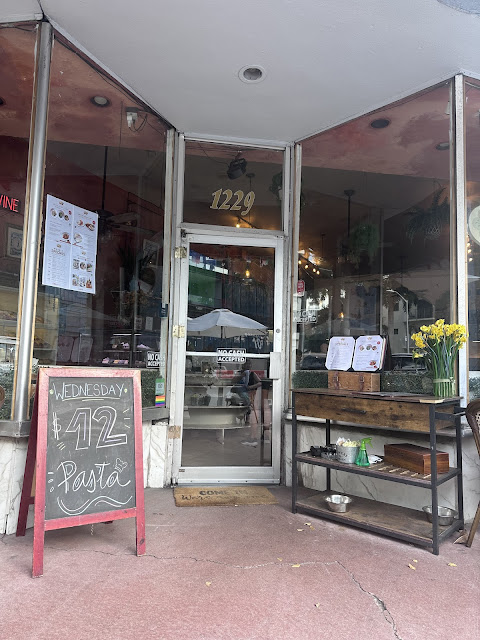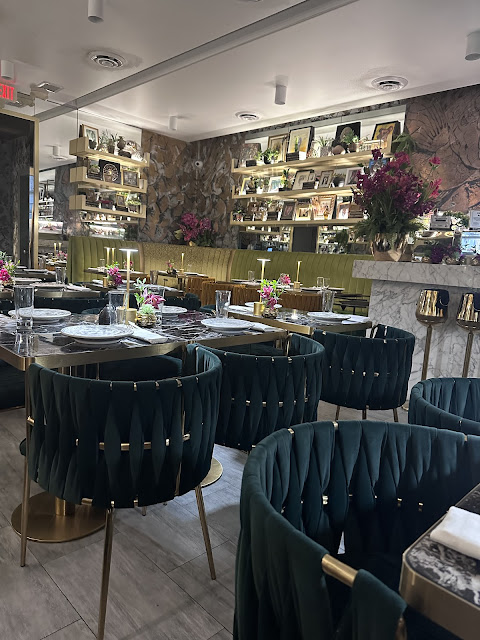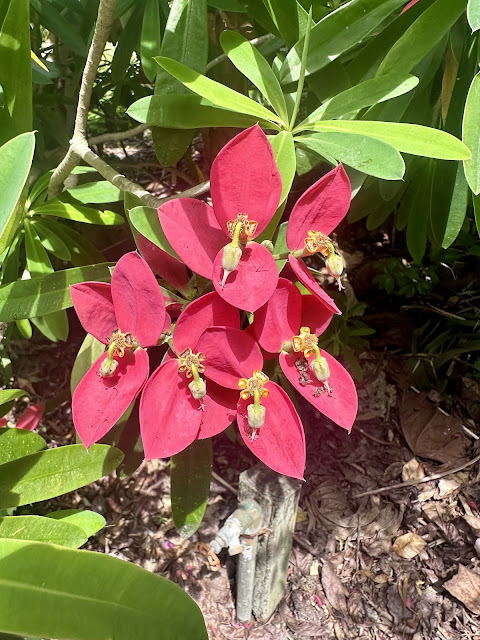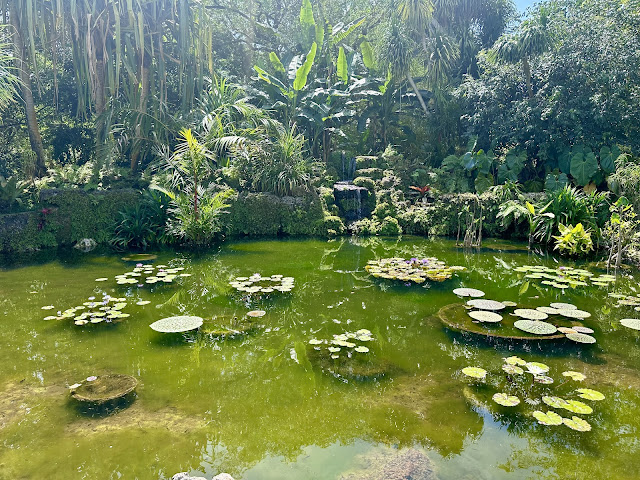THE BEAUTY OF MIAMI LIES IN ITS PEOPLE
Miami may lack towering mountains or expansive rivers, but it boasts beautiful clouds and equally stunning people. Yesterday, at a Japanese Peruvian restaurant—reflective of Miami's cultural fusion—I had the pleasure of meeting individuals from various South American countries. It was delightful to converse with them, each sharing their unique dreams.
This morning, my experience took me to an Argentinean bistro. Its ambiance strongly evoked memories of Plaza Dorrego in Buenos Aires. I indulged in special empanadas—filled with spinach and ricotta cheese, onion, beef, and Malbec, epitomizing Argentinean cuisine. The coffee was exceptional, and the croissant stood up well against the French ones I sample monthly, offering a strong competition.
What stood out most, however, was the warmth of the staff. This, I believe, embodies the essence of the 'new America.' It's a blend of South American openness and Central American kindness, with a touch of Cuban confidence—all wrapped up in good looks!
Thank you. I am truly content with this 'new America.' Out with the old, indeed.
INTI.MO.
Inti is the ancient Inca sun god. He is revered as the national patron of the Inca state. Although most consider Inti the sun god, he is more appropriately viewed as a cluster of solar aspects, since the Inca divided his identity according to the stages of the sun
This is a culinary haven, offering some of the finest dining experiences in Miami. Its roots lie in Japanese-Peruvian Nikkei cuisine, and the Venezuelan chef of the day delivered an exceptional meal. What truly enhanced the experience was the guidance of Sebastian from Bogota, whose recommendations led us to a delightful selection of ceviche, sushi, and the chef's specials. A well-paired Albariño and an espresso martini added a perfect finishing touch. One could sense the personal touch of Juan, the owner—a story of immigrant success.
This embodies the spirit of the 'new America,' where influences from Guatemala bring sweetness, Cuban influences bring warmth, and Colombian influences bring precision. The ambiance was delightful, the food exquisite, the wine superb, and the company fantastic. It was truly a lovely Miami night.
This is a gourmet dining experience, where dietary restrictions take a back seat unless you consult with the chef.







































